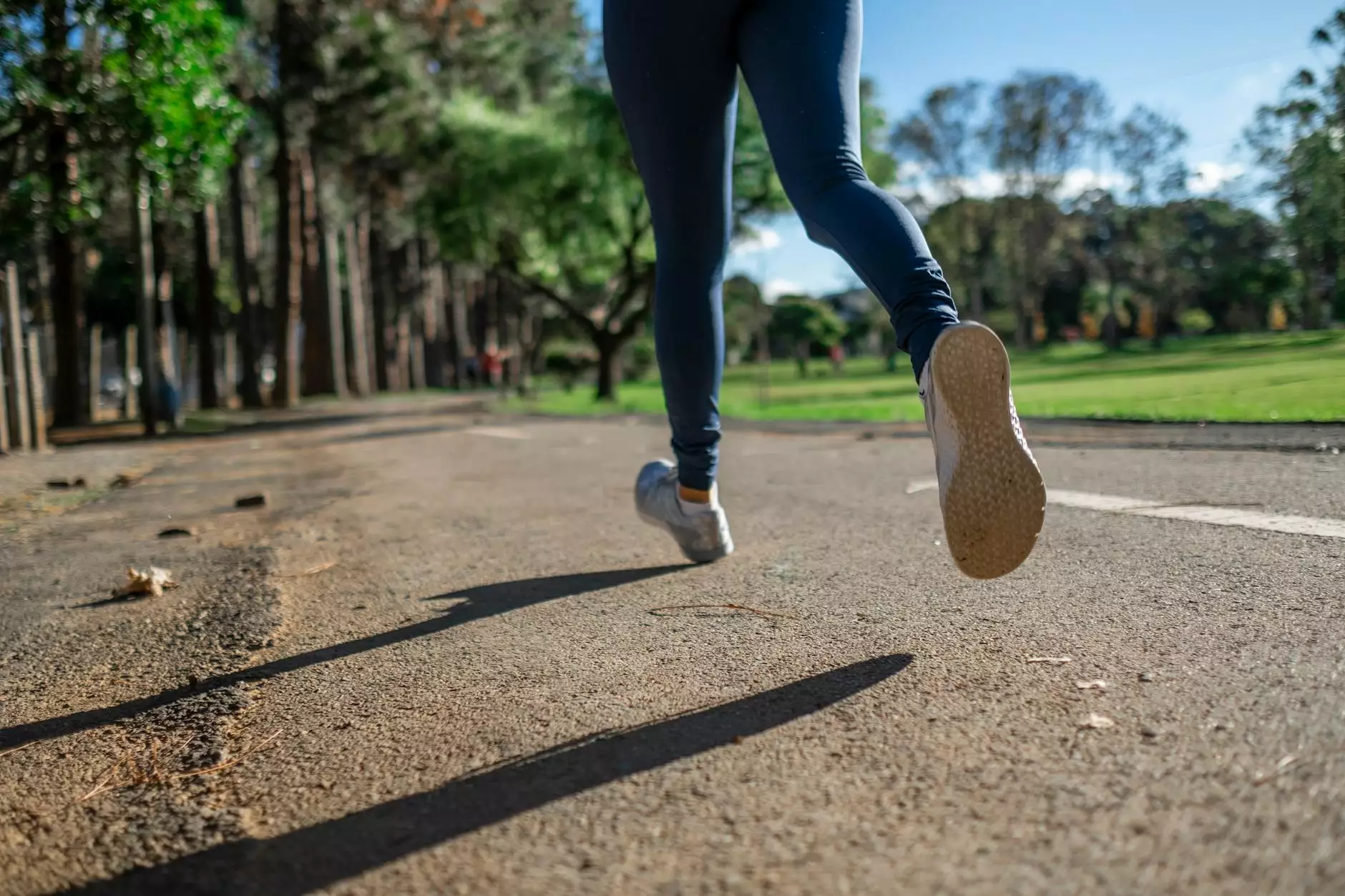Understanding the Sensations of a Blood Clot in the Calf

Welcome to Vein Center of Arizona, your go-to source for comprehensive information on vascular medicine. In this article, we will delve into the topic of what a blood clot in the calf feels like, providing you a detailed understanding of the symptoms and sensations associated with this condition.
Why Is It Important to Understand the Sensations of a Blood Clot in the Calf?
Before we discuss the feelings associated with a blood clot in the calf, it is crucial to highlight the significance of this understanding. Prompt recognition and timely medical intervention can significantly reduce complications and improve outcomes.
Deep vein thrombosis (DVT), often characterized by the formation of blood clots in the deep veins of the legs, can lead to serious health risks if left untreated. By recognizing the symptoms, you can seek appropriate medical attention and prevent potential complications.
The Symptoms and Sensations of a Blood Clot in the Calf
Experiencing a blood clot in the calf can cause various sensations and symptoms that might be alarming if you are unfamiliar with the condition. However, every individual may experience different sensations, but some common symptoms associated with a blood clot in the calf include:
- Pain: Pain is a common symptom experienced with a blood clot in the calf. The pain can range from mild to severe, and it is often described as a cramping or soreness.
- Warmth and redness: The affected calf may feel warm to the touch, and the skin in the area may appear reddish or discolored.
- Swelling: One of the noticeable signs of a blood clot in the calf is swelling. The affected leg may appear larger than the unaffected one, and you may notice tightness or increased girth.
- Tenderness: The calf affected by a blood clot may feel tender when touched or pressed.
- Difficulty walking or standing: Some individuals with a blood clot in the calf might experience difficulty in walking or standing due to the pain, tenderness, and swelling.
When to Seek Medical Attention
If you experience any of the symptoms mentioned above, it is crucial to seek immediate medical attention. While not all calf pain is directly associated with a blood clot, a prompt evaluation by a qualified healthcare professional can help identify the cause and ensure appropriate management.
Your healthcare provider may recommend diagnostic tests such as ultrasound imaging to confirm the presence of a blood clot in the calf. This will determine the most appropriate course of treatment for your specific condition.
Treatment Options for a Blood Clot in the Calf
When it comes to the treatment of a blood clot in the calf, several options may be considered based on the severity and location of the clot. These include:
- Anticoagulant medication: The primary treatment for blood clots is often anticoagulant medication. These medications help prevent the clot from getting larger and may promote natural dissipation over time.
- Compression stockings: Wearing compression stockings can help reduce swelling and improve blood flow, aiding in the prevention of further clot formation.
- Thrombolytic therapy: In more severe cases, where clots pose a significant risk to your health, thrombolytic therapy may be used to dissolve the clot more rapidly.
- Surgical intervention: Rarely, surgery may be required to remove a blood clot when other treatment options are ineffective or in life-threatening situations.
Preventing Blood Clots in the Calf
Prevention is always better than cure when it comes to blood clots in the calf. To reduce the risk of developing a blood clot, you can follow these tips:
- Stay active: Regular physical activity, such as walking or stretching, can promote healthy blood flow and prevent the formation of clots.
- Maintain a healthy weight: Excess weight can put additional strain on your circulatory system. Maintaining a healthy weight helps reduce the risk of developing blood clots.
- Avoid prolonged sitting or standing: If your lifestyle involves extended periods of sitting or standing, take breaks and move around periodically to prevent blood from pooling in your lower extremities.
- Stay hydrated: Proper hydration ensures optimal blood viscosity, decreasing the chances of clot formation.
- Follow medical advice: If you have an underlying medical condition or are at high risk for blood clots, follow your healthcare provider's recommendations for preventing clots.
Remember, the information provided in this article is for educational purposes only and should not replace professional medical advice. If you suspect a blood clot in your calf or have any concerns, consult with a qualified healthcare specialist.
Vein Center of Arizona: Your Trusted Partner in Vascular Medicine
At Vein Center of Arizona, our dedicated team of expert doctors specializing in vascular medicine is committed to providing comprehensive care to patients with various venous conditions. With years of experience and state-of-the-art equipment, we ensure accurate diagnoses and effective treatments.
If you have any questions or concerns about blood clots or vascular health, do not hesitate to contact us. Visit our website, www.veincenterofarizona.com, or call us at [insert phone number] to schedule a consultation today.
Disclaimer: This article is provided for informational purposes only and should not be considered as medical advice. Always consult with a qualified healthcare professional regarding any medical concerns.
what does a blood clot in calf feel like









